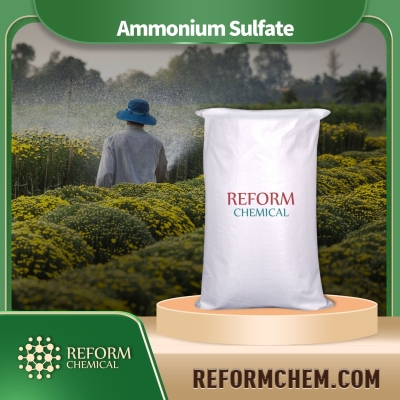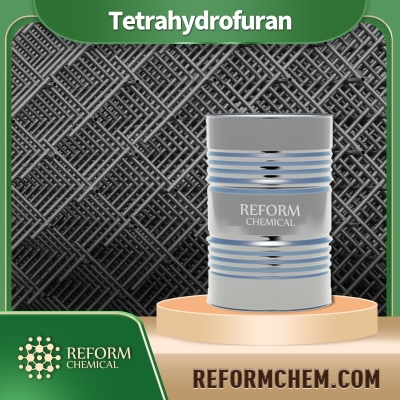-
Categories
-
Pharmaceutical Intermediates
-
Active Pharmaceutical Ingredients
-
Food Additives
- Industrial Coatings
- Agrochemicals
- Dyes and Pigments
- Surfactant
- Flavors and Fragrances
- Chemical Reagents
- Catalyst and Auxiliary
- Natural Products
- Inorganic Chemistry
-
Organic Chemistry
-
Biochemical Engineering
- Analytical Chemistry
-
Cosmetic Ingredient
- Water Treatment Chemical
-
Pharmaceutical Intermediates
Promotion
ECHEMI Mall
Wholesale
Weekly Price
Exhibition
News
-
Trade Service
1.
Soaking and washing in clean water: First, rinse off the surface dirt of the vegetables with clean water, and then soak in clean water, but the soaking time is preferably not less than 10 minutes
.
In this way, after washing and soaking for 2 times, most of the remaining pesticide components can be removed
.
???? 2, Add auxiliary agent soaking washing: you can add alkali (small soda), fruit and vegetable cleaning agent, rice washing water for soaking and washing
.
Soaking vegetables and fruits in such water for 5 to 15 minutes can remove the organophosphorus pesticides on the surface of the fruits and vegetables
.
After soaking, please be careful to rinse it off completely.
In addition, it is best to use the first two times with Taomi Water
.
???? 3.
Storage method: The oxygen in the air has the effect of decomposing some pesticides.
Therefore, for some fruits and vegetables that are easy to store, the storage time can be extended to reduce the residual amount of some pesticides
.
For example, winter melon, pumpkin and other non-perishable vegetables can be left for more than 3 days before eating
.
???? 4.
Heating and cooking: Some pesticides decompose faster as the temperature rises, so they can also help remove pesticide residues
.
For example, green peppers, beans, celery, snow peas, etc.
, can be washed with water first, then put in boiling water for 2 to 4 minutes, and then rinsed with water for 1 to 2 times
.
???? 5.
Peeling method: This is the most effective method, but only suitable for vegetables with skin
.
For example, cucumbers, carrots, pumpkins, apples, etc.
, just use a peeler to peel off the skin containing pesticide residues
.
???? Remember: Rinse both before and after peeling, so as not to bring pesticide residues to the pulp
.
???? The above methods have a good effect on the removal of pesticide residues in fruits and vegetables, and they are also convenient and feasible
.
For our own health, please pay attention to reasonable use
.
???? Note: ???? Heating method: Some pesticides are afraid of alkali and heat, and high temperature can help accelerate the decomposition of pesticides
.
Boil the vegetables in boiling water for 2~5 minutes to get rid of some pesticide residues
.
???? Peeling method: Because pesticide residues are basically on the surface of vegetables and fruits, peeling off the skin will lose some nutrients, but it is very effective for removing pesticide residues
.
???? Soaking and washing method: For leafy vegetables, a better way to remove pesticide residues is to soak in water
.
You can also add a fruit and vegetable cleaning agent to the water to speed up the dissolution of pesticides
.
Soaking and washing in clean water: First, rinse off the surface dirt of the vegetables with clean water, and then soak in clean water, but the soaking time is preferably not less than 10 minutes
.
In this way, after washing and soaking for 2 times, most of the remaining pesticide components can be removed
.
???? 2, Add auxiliary agent soaking washing: you can add alkali (small soda), fruit and vegetable cleaning agent, rice washing water for soaking and washing
.
Soaking vegetables and fruits in such water for 5 to 15 minutes can remove the organophosphorus pesticides on the surface of the fruits and vegetables
.
After soaking, please be careful to rinse it off completely.
In addition, it is best to use the first two times with Taomi Water
.
???? 3.
Storage method: The oxygen in the air has the effect of decomposing some pesticides.
Therefore, for some fruits and vegetables that are easy to store, the storage time can be extended to reduce the residual amount of some pesticides
.
For example, winter melon, pumpkin and other non-perishable vegetables can be left for more than 3 days before eating
.
???? 4.
Heating and cooking: Some pesticides decompose faster as the temperature rises, so they can also help remove pesticide residues
.
For example, green peppers, beans, celery, snow peas, etc.
, can be washed with water first, then put in boiling water for 2 to 4 minutes, and then rinsed with water for 1 to 2 times
.
???? 5.
Peeling method: This is the most effective method, but only suitable for vegetables with skin
.
For example, cucumbers, carrots, pumpkins, apples, etc.
, just use a peeler to peel off the skin containing pesticide residues
.
???? Remember: Rinse both before and after peeling, so as not to bring pesticide residues to the pulp
.
???? The above methods have a good effect on the removal of pesticide residues in fruits and vegetables, and they are also convenient and feasible
.
For our own health, please pay attention to reasonable use
.
???? Note: ???? Heating method: Some pesticides are afraid of alkali and heat, and high temperature can help accelerate the decomposition of pesticides
.
Boil the vegetables in boiling water for 2~5 minutes to get rid of some pesticide residues
.
???? Peeling method: Because pesticide residues are basically on the surface of vegetables and fruits, peeling off the skin will lose some nutrients, but it is very effective for removing pesticide residues
.
???? Soaking and washing method: For leafy vegetables, a better way to remove pesticide residues is to soak in water
.
You can also add a fruit and vegetable cleaning agent to the water to speed up the dissolution of pesticides
.






